ED.EM.01
Depuis plus d’un siècle, la Société Jersiaise est impliquée dans les fouilles archéologiques de la Cotte de Saint-Brélade. Dans ce numéro, nous examinons la nature changeante du travail sur le site à travers des images d’archives et le travail contemporain de Martin Toft.
For over a century the Société Jersiaise has been involved with the archaeological excavations at La Cotte de Saint-Brélade. In this issue we take a look at the changing nature of work at the site through archive images alongside contemporary work by Martin Toft.
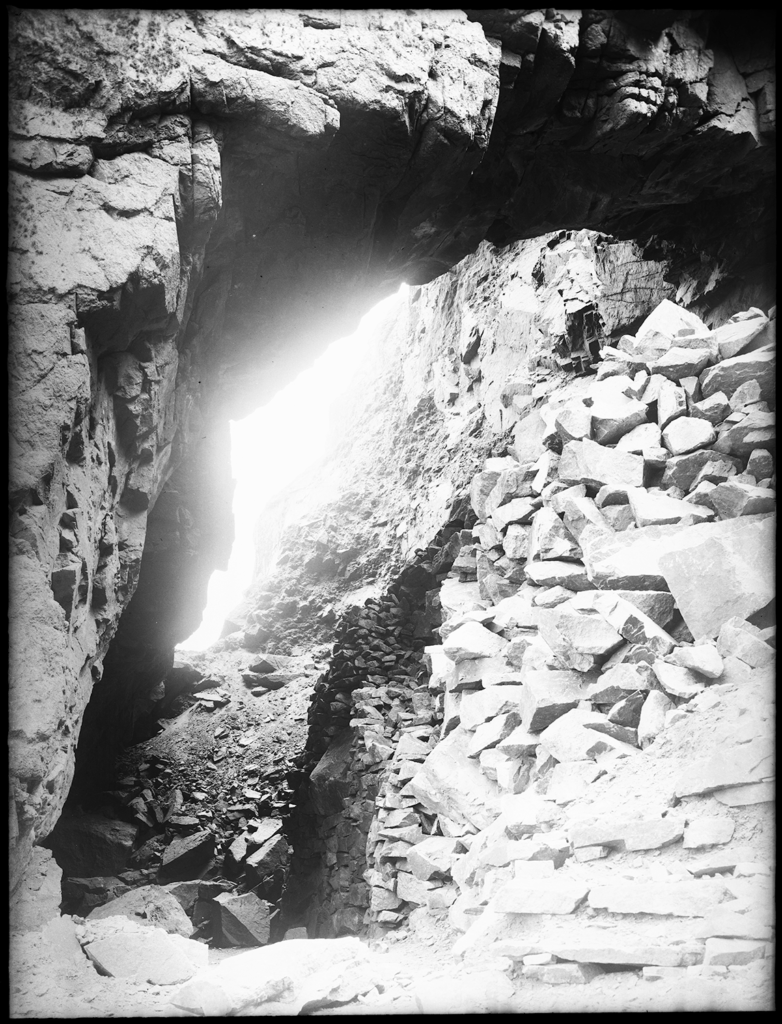
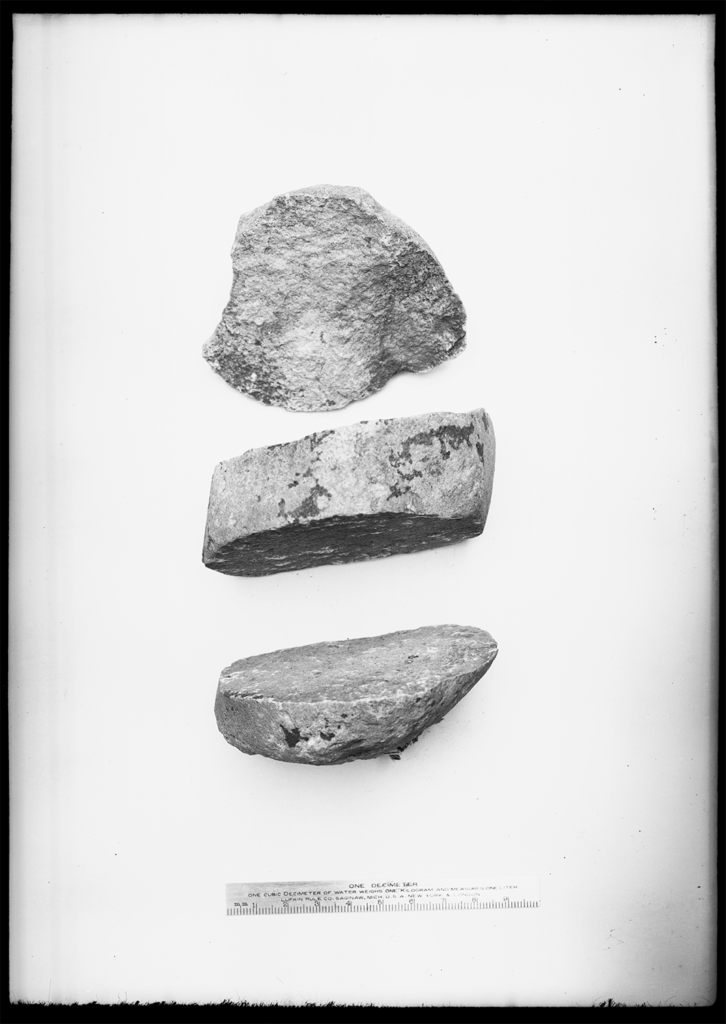
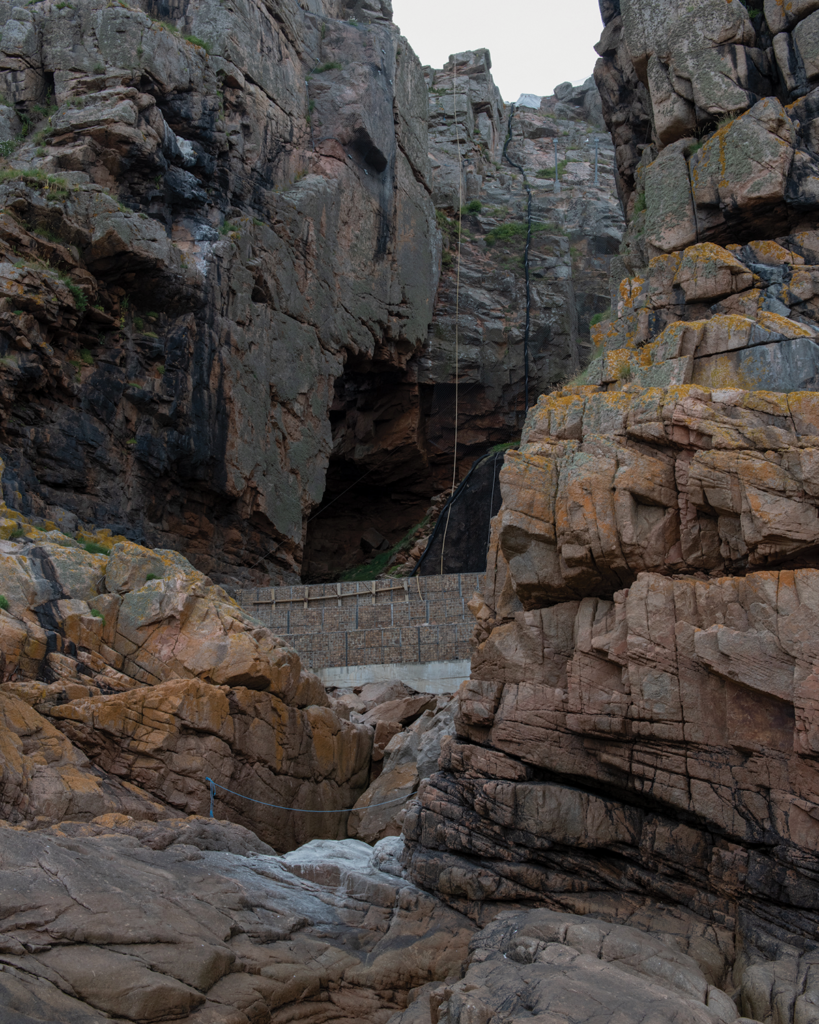
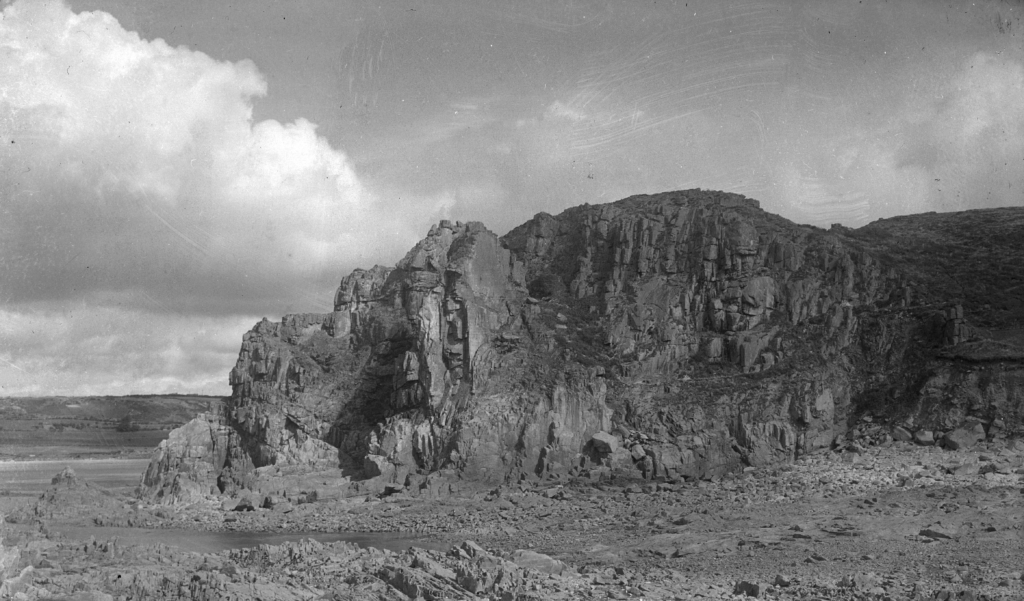
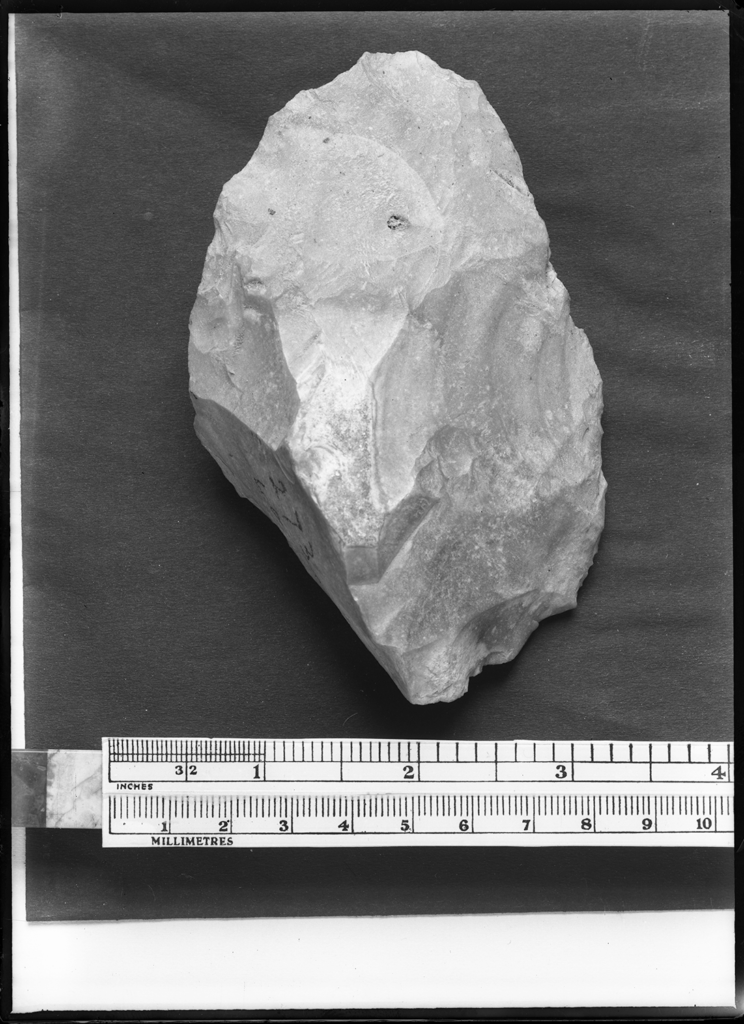
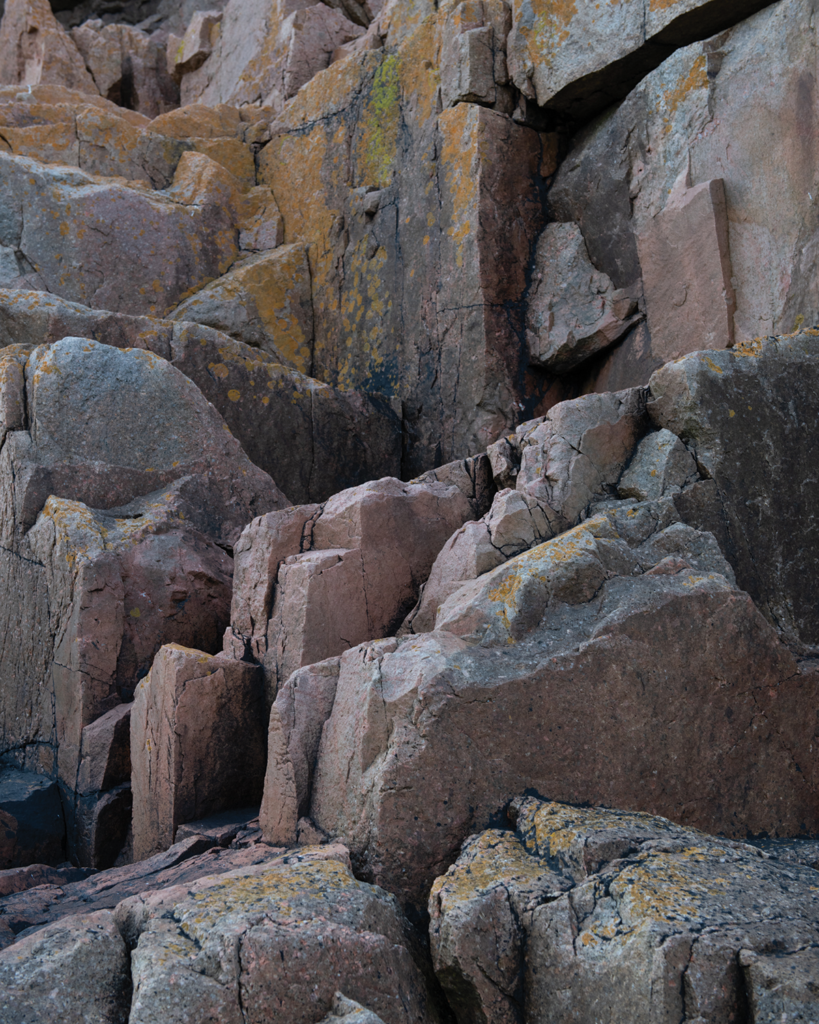
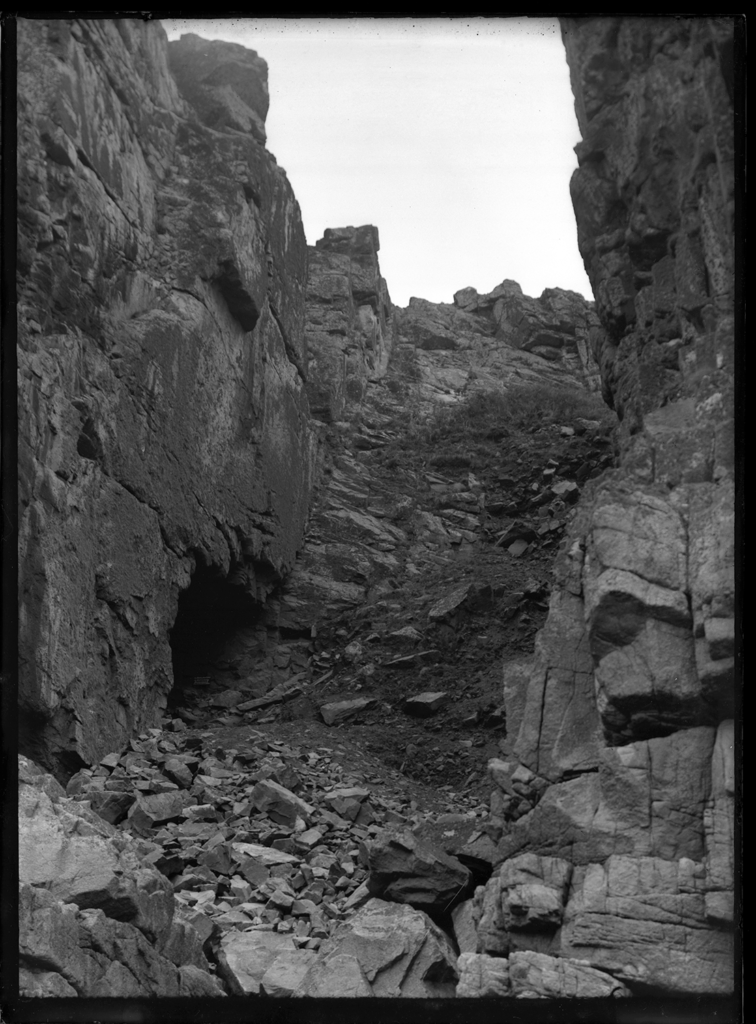
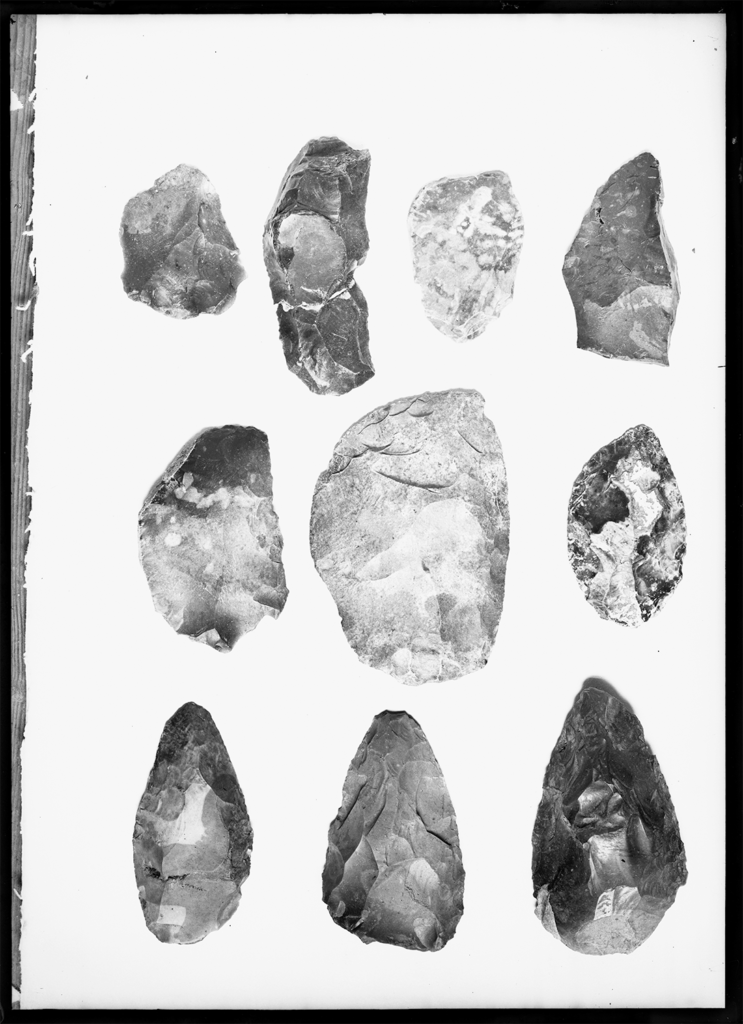
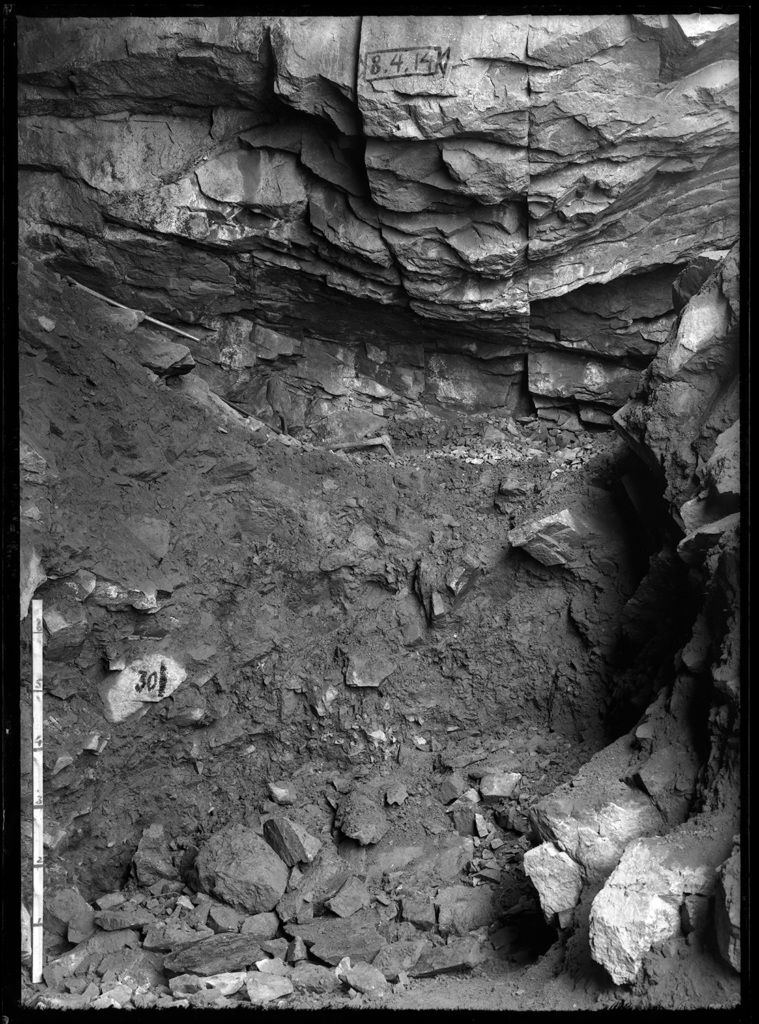
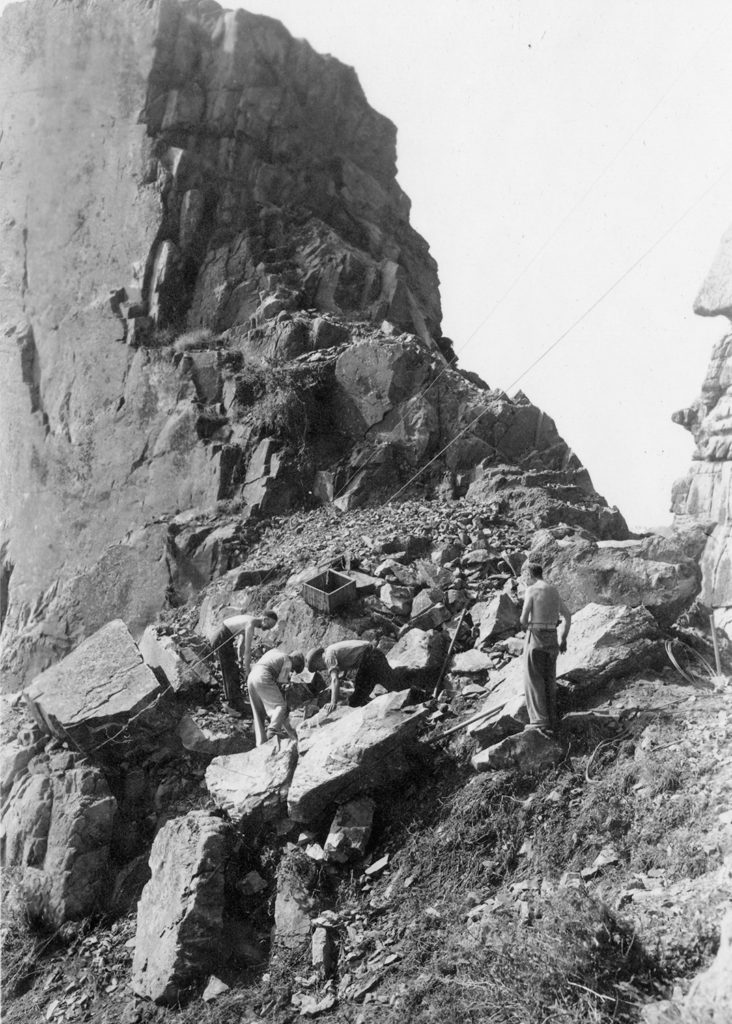
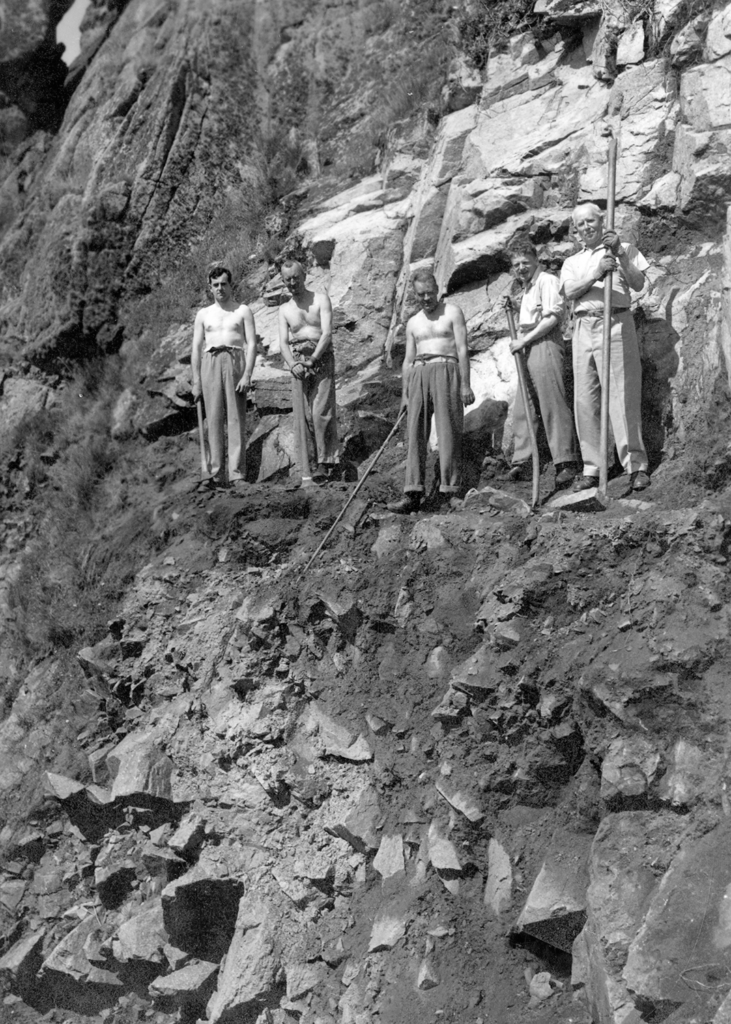
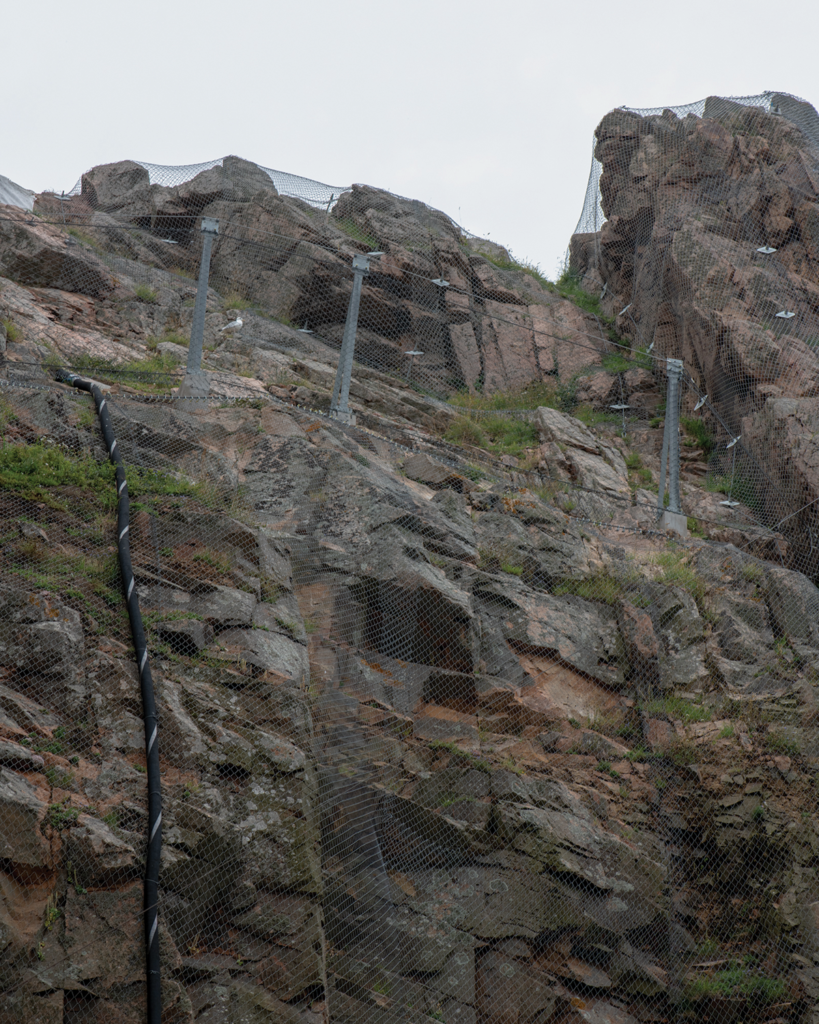
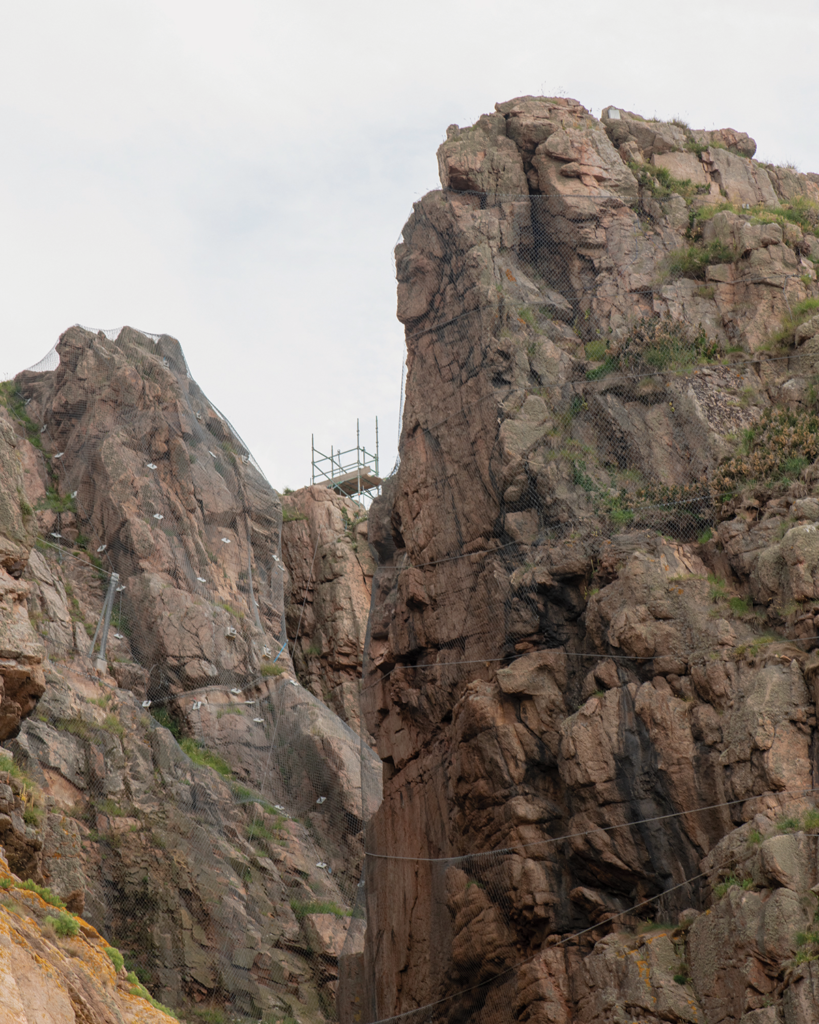
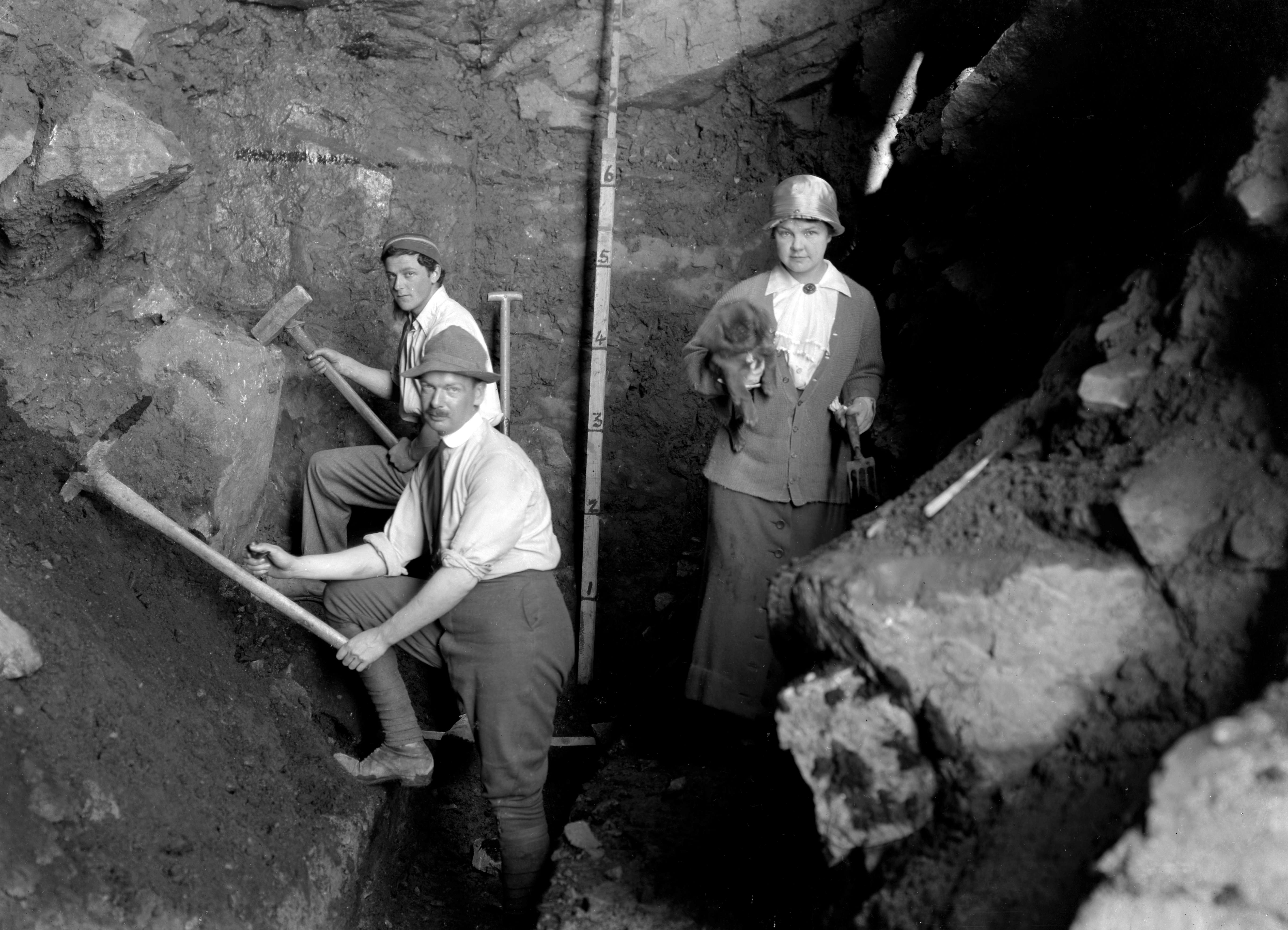

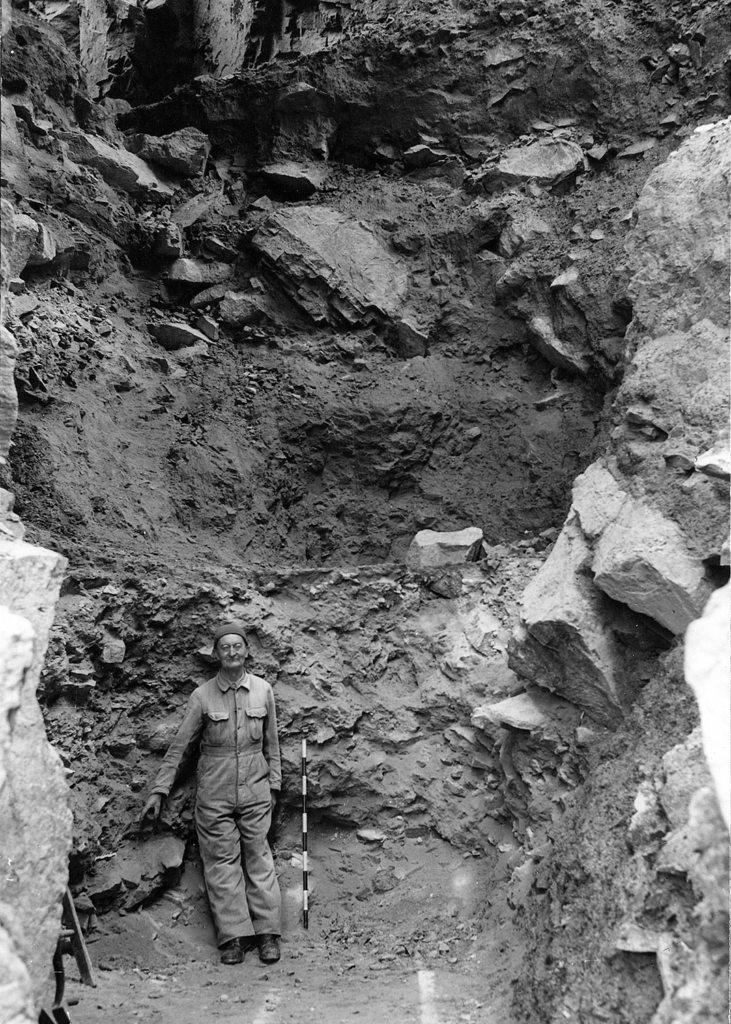
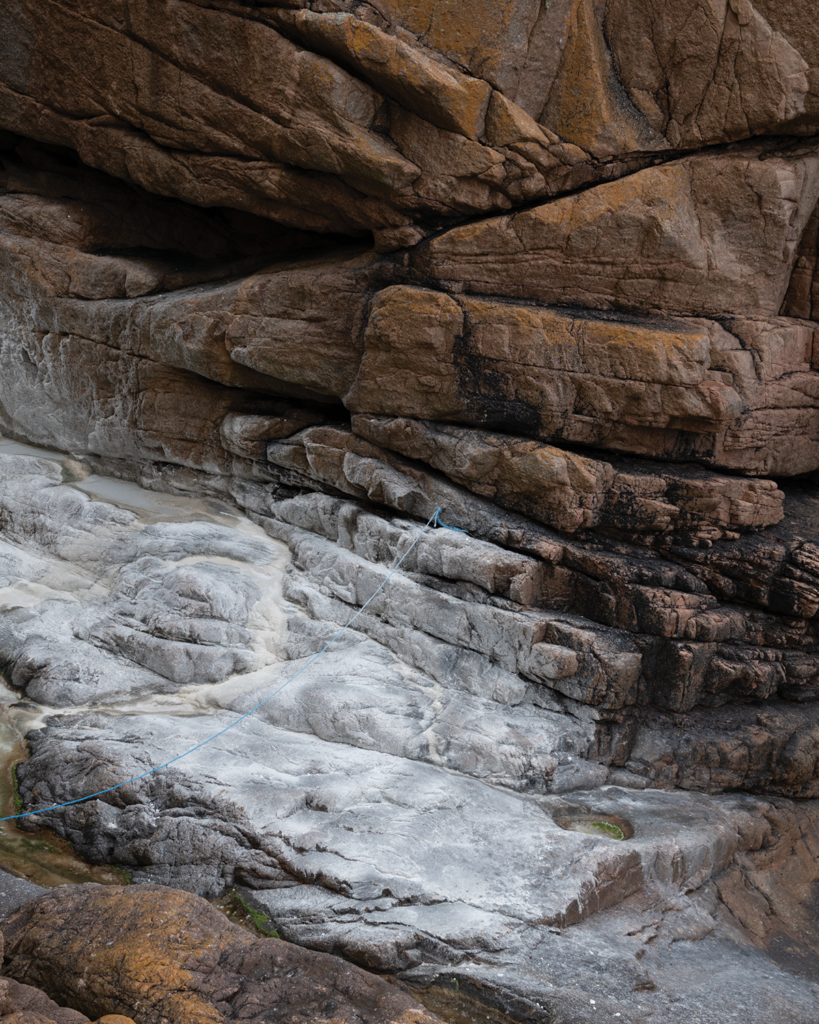
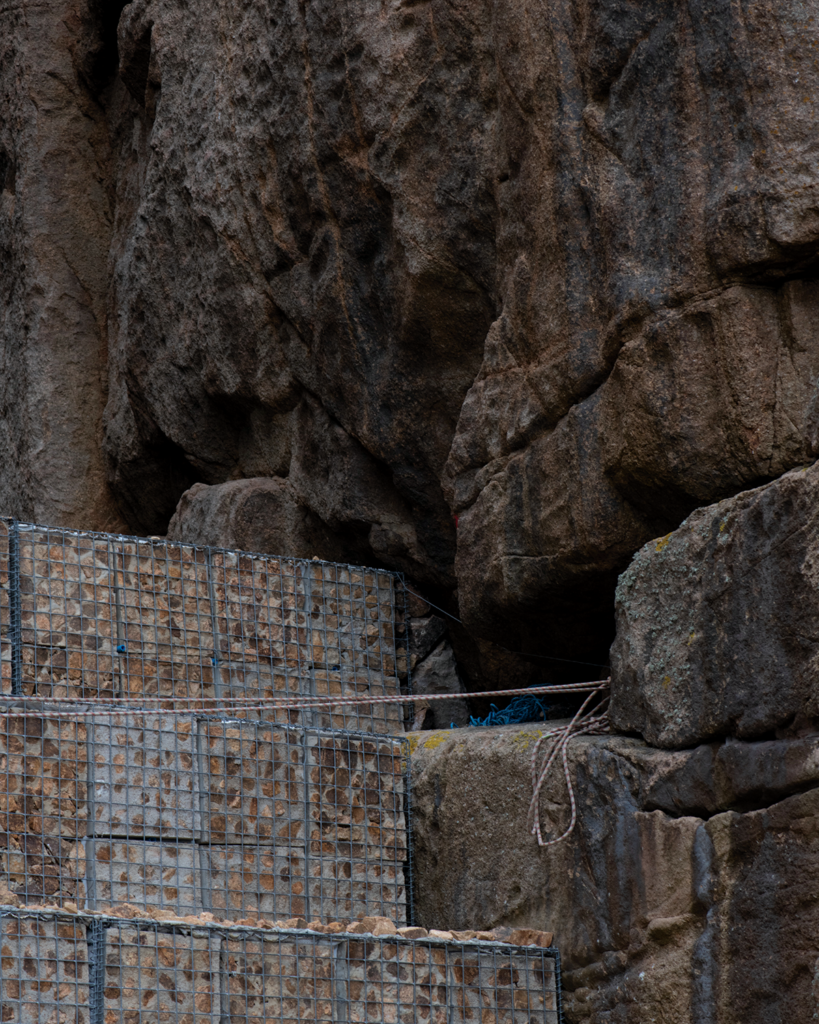

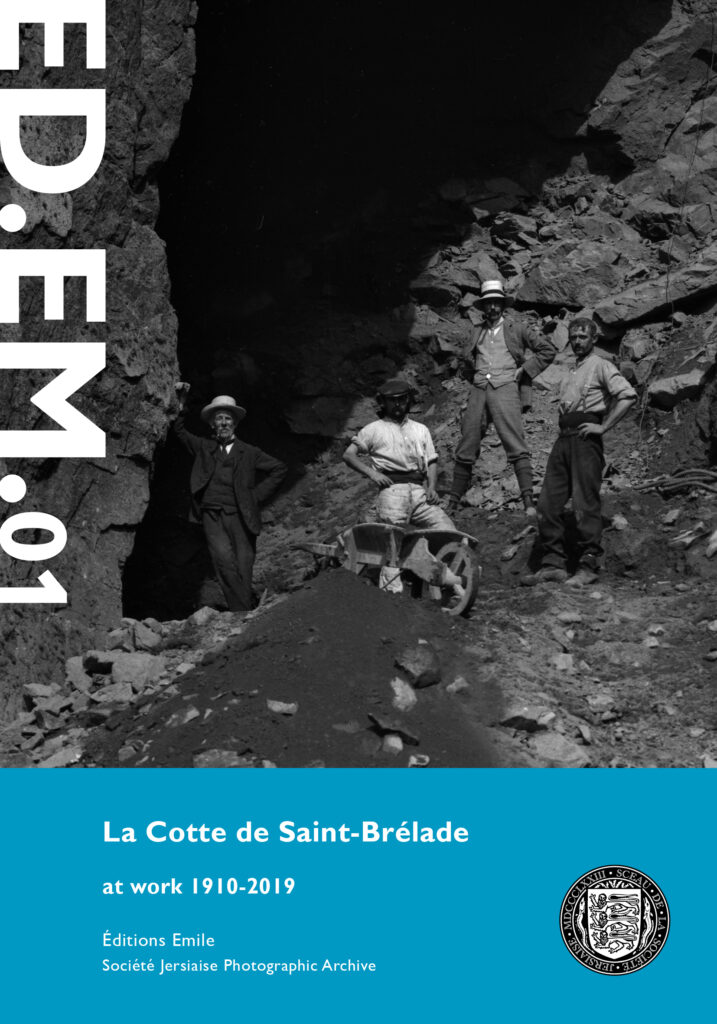
La Cotte de Saint-Brélade:
at work 1910-2019
Feb2020
ISSN 2633-5093
CC-BY-NC-SA
Editors – Martin Toft & Patrick Cahil
Text – Matt Pope
Printed by ExWhyZed
200x140mm, 48pp self-cover zine
With thanks to Valérie Noël, Karen Biddlecombe, Judy Smith, Alan Richomme, Mairéad Siobhán, Olga Finch & the President and Executive Committee of the Société Jersiaise for their time, advice and support. Special thanks for the generous financial support of Mr Stuart Weaving.
Make your own:
La Cotte de Saint-Brélade:
with the shadows of my predecessors
Matt Pope
I have experienced three distinct stages in the way I’ve grown as an archaeologist and connected with the past.
Firstly, it was through objects, structures and other material traces left behind by prehistoric people that I first encountered time-depth and a fascination with the tangible traces of people long-dead.
Secondly, embarking on a career in archaeology, we learned that the object of our study was not these ruins, or pots, or cold flints, but the people, cultures and ecologies which gave rise to the archaeological record itself.
But then came a third level of connection. One I’ve found has grown through my career and which I can’t see fading; the instinct to reach out and understand those archaeologists, scientists and enthusiasts who came before us, having worked on the same sites and with the artefacts we study today. This connection begins as a necessarily intellectual one. You have to try to understand the motivations and decisions made at a site by the excavators many years ago before you can understand the archives they left behind, but it also becomes intensely psychological too. What drove them to excavate here? What motivated their interest in the past? How did the site and its challenges make them feel?
Having been lucky enough to work for the past ten years on the site and archives of La Cotte de Saint-Brélade, last summer we saw a new beginning in the history of research and excavation at the site. We undertook a short, two-week excavation at the site involving our six-person team from the La Manche Prehistoric research group. The excavations were small in scale and produced only a small number of Middle Palaeolithic artefacts, but their significance was considerable. They represent the end of eight years of planning and investment in La Cotte and have opened the way to a new phase of concerted investigation and on-going constructive management and stabilisation of this internationally important and iconic Neanderthal locale.
I have spent a long time with the shadows of my predecessors at the site. Some, such as Professor Charles McBurney and Paul Callow have memories kept alive by many surviving family and contemporaries, while others such as Father Christian Burdo and Professor Robert Marett kept diaries and journals which give us enough to catch rounded glimpses of the people revealed through their professional correspondence. In the case of Marett we also have an autobiography which provides wonderful insights into the La Cotte excavations during the first quarter of the 20th century. But for many involved with this site, it has always been the case that our most powerful gateway to understanding and connecting with those archaeologists who worked there in earlier times is through the photographic archive of the Société Jersiaise. We first encountered these images through the published papers of previous excavators and then through online archives hosted by the SJ. We poured over the copies of these images until we seemingly knew some of them by heart. We focused initially on the granite, the shape and structure of each rock wall, each protruding boulder and joint. We can see these features have not changed in decades, maybe centuries, so they act as reference points hewn in granite which we can use to position any image from the photographic past straight into the present. Regarding the rest of the subjects in each image, everything is in flux. Each image shows the site at different stages of excavation, less sediment, more open space, the progress of the excavation across the decades playing out as a jumpy flick-book where spades, shovels and occasional dynamite blasts break the continuity of what would have been a logical, seasonal flow of progress. But amongst the backdrop of changing sediment, spoil and stratigraphy we see the bodies and faces of the people, and we try to read from their posed and un-posed forms as much as we can to conjure up the physicality and presence of our forebears.
Part of La Cotte’s unique appeal is the length of the endeavour, stretching back into the 19th century gives space for generational change to have taken place. The background and punctuation which shaped the archaeological project were the great and terrible events of 20th century Europe: both World Wars, the Occupation, and the Cold War. Within this timespan, the surviving records show us the challenges and preoccupations that have always come with the site: how best to enter it? How to remove spoil? How to create flat working surfaces? How to avoid collapse?!
Recently digitised glass plates from the Société Collection have given us new images of the excavations and also brought us closer to images we had known for years as they were rendered to a level of detail we hadn’t thought possible. The faces and bodies of the archaeologists we had come to know as blurred but recognisable faces where now starkly drawn and clear to us. Expressions, whether Edmund Nicole’s pride or Joseph Sinel’s wizardly mirth, shone out at us. Marett’s benign and calm expression became properly revealed while Burdo’s quizzical half smile revealed the earthly joy this man took in his earthy pursuits at the cave.
These images further cemented our connection to these actors from previous episodes of the site’s story, but also encouraged us to look deeper and try to learn the names of those who were never captioned so prominently. While Earnest Daghorn, the quarry manager featured prominently in accounts, the names of his colleagues did not. Now we can see their faces and expressions more clearly, we recognise equal pride and connection with the task in hand. These were experts called in to undertake risky work requiring skill and experience. Showing the images to skilled engineers we’ve been working with at La Cotte, they instantly recognised details we would have missed. What we thought was a coil of rope was, in fact, the pipeline of a hydraulic jack. Daghorn’s team brought expertise and technology to the site.
It’s sobering to think that we cannot trace these men in images after the start of the First World War. Neither can we confirm which of the figures we see in images with Burdo were the young priests drowned exploring the cliffs in the 1930s. The evocative nature of these images and the skill in which they were captured makes us think about the records we are creating of our own time and excavations. We take more photographs that are perhaps more scientifically useful but, are we doing enough to tell the story of the excavations and the people who work within them now? Knowing that in 50 or 100 years we will be the ghosts captured only in reports, notes and whatever remains of our digital images is a powerful reminder for us to capture properly what we are doing and leave a vivid, useful but also intimate and open record of our chapter in the history of the site.
The expert curation of this collection, in a real sense, keeps the endeavours of others, their discoveries and their legacies alive, offering a route to a personal connection with those who went before us – and that is something we should seek as much as a deeper understanding of the archaeological record.
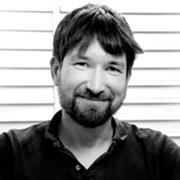
Dr Matt Pope is a member of La Manche Prehistoric research group. He is the Principal Research Fellow in Palaeolithic Archaeology and Senior Geoarchaeologist at the UCL Institute of Archaeology.
Leave a Reply